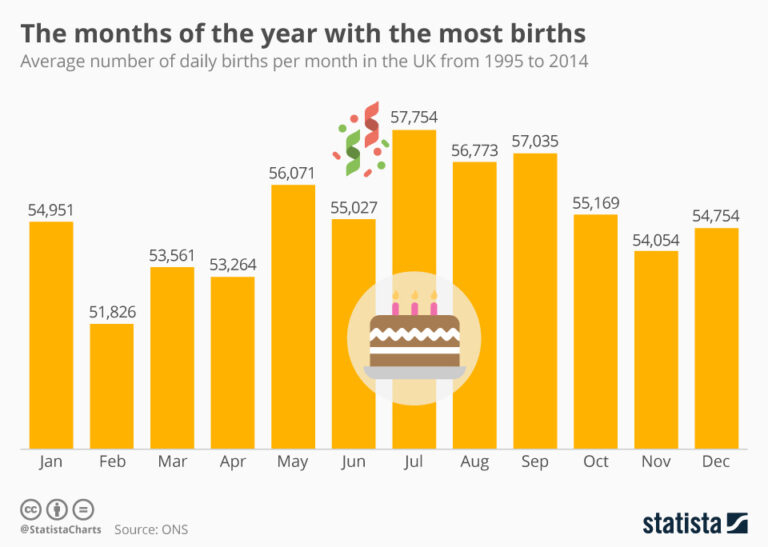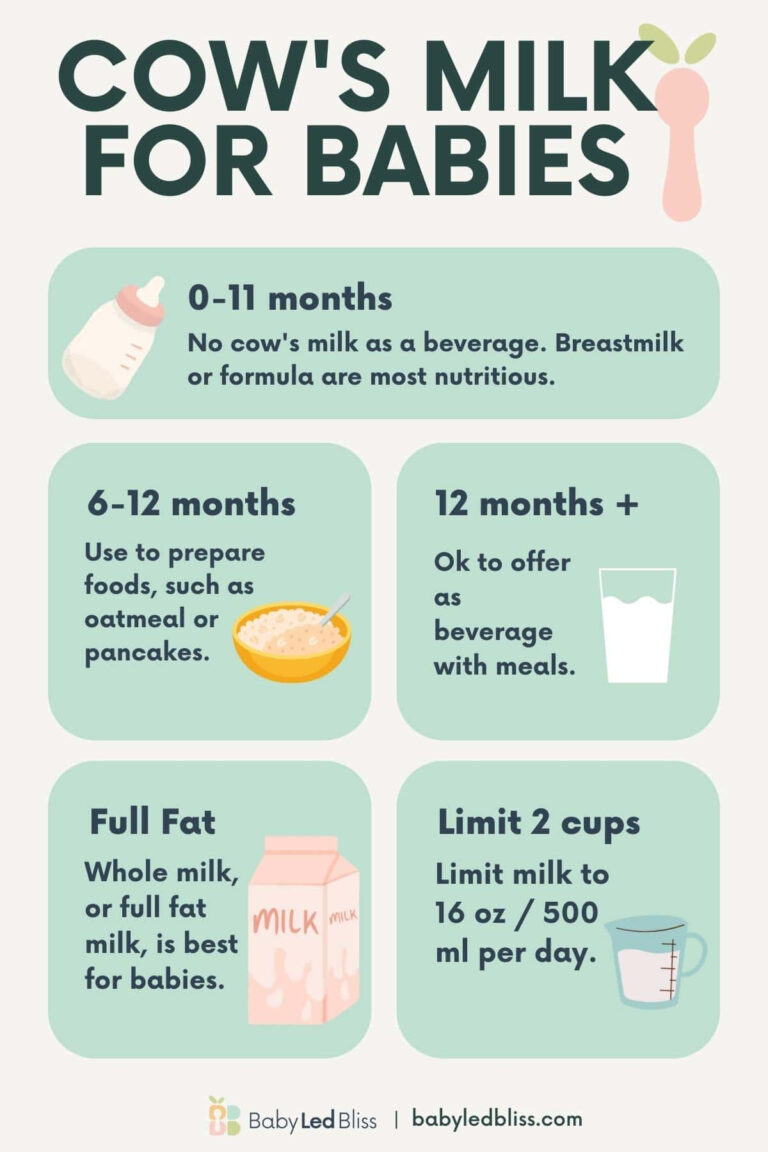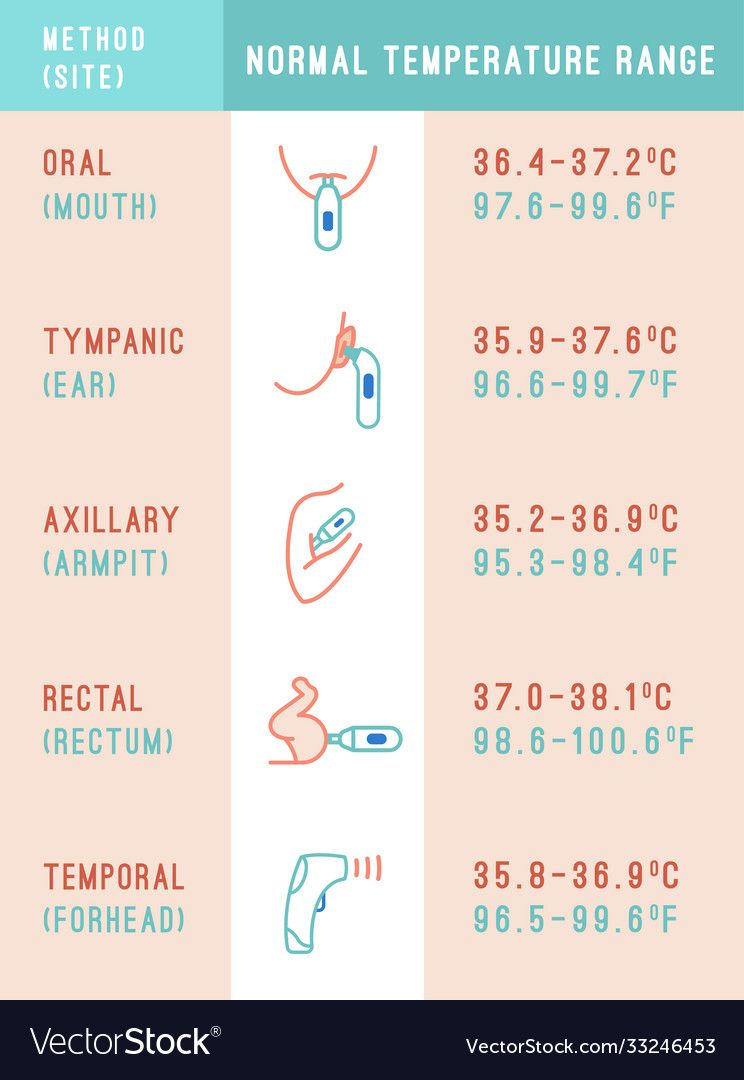Best Toilet Seat For Potty Training: A Comprehensive Guide
Potty training is a crucial milestone in a child’s development, and choosing the right toilet seat can significantly impact its success. This guide will delve into the essential features, types, materials, safety considerations, and additional features to look for when selecting the best toilet seat for your little one’s potty training journey.
By understanding the various options available and their respective benefits, you can make an informed decision that will not only facilitate potty training but also ensure your child’s comfort and safety.
Best Toilet Seat For Potty Training

If you’re a new parent, you’re probably wondering when the best time to start potty training your little one is. There’s no right or wrong answer, but most experts agree that between 18 and 30 months is a good time to start. Of course, every child is different, so you’ll need to watch your child for signs that they’re ready to start potty training.
One of the most important things you’ll need for potty training is a good toilet seat. There are a lot of different types of toilet seats on the market, so it can be hard to know which one is right for your child. Here are a few things to keep in mind when choosing a toilet seat for potty training:
Comfort
Your child needs to be comfortable sitting on the toilet seat. If the seat is too hard or too cold, they’re not going to want to use it. Look for a seat that is made from a soft, comfortable material.
Size
The toilet seat should be the right size for your child. If the seat is too big, your child’s feet won’t be able to reach the floor, and they’ll be more likely to fall off. If the seat is too small, your child will be uncomfortable and won’t want to use it.
Features
Some toilet seats come with features that can make potty training easier. For example, some seats have a built-in potty chair, which can be helpful for toddlers who are still learning to sit on the toilet. Other seats have a built-in splash guard, which can help to keep your bathroom clean.
FAQs
What is the best material for a potty training toilet seat?
Plastic is the most common material for potty training toilet seats due to its durability, ease of cleaning, and affordability. However, foam and wood can provide additional comfort and aesthetic appeal.
How often should I clean a potty training toilet seat?
It is recommended to clean the potty training toilet seat after each use with a mild soap solution and warm water. Regular disinfection with a bleach-based cleaner is also advisable to maintain hygiene.
Can I use a regular toilet seat for potty training?
Regular toilet seats are not recommended for potty training as they are too large and can be uncomfortable for toddlers. Potty training toilet seats are specifically designed to fit smaller bodies and provide a sense of security.





